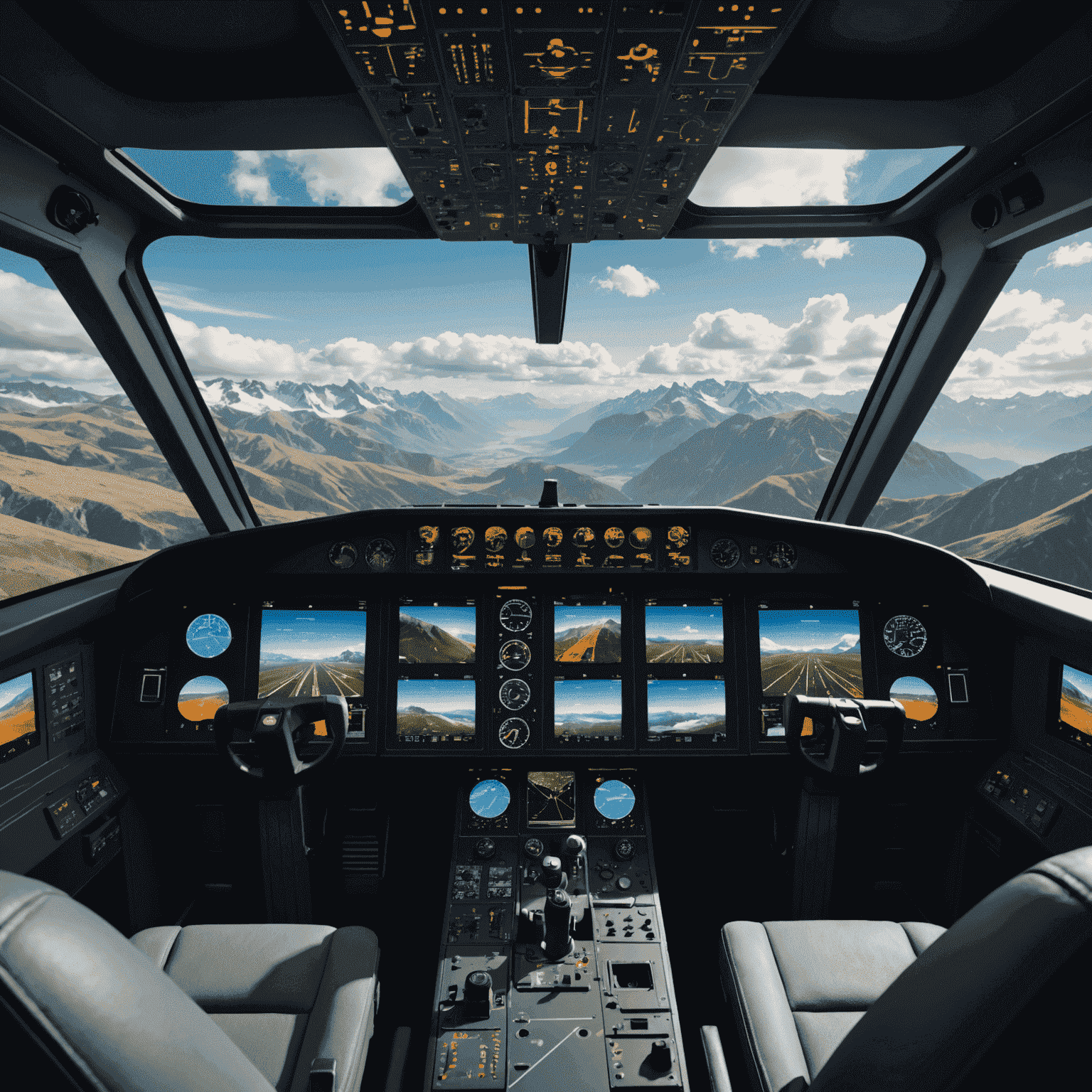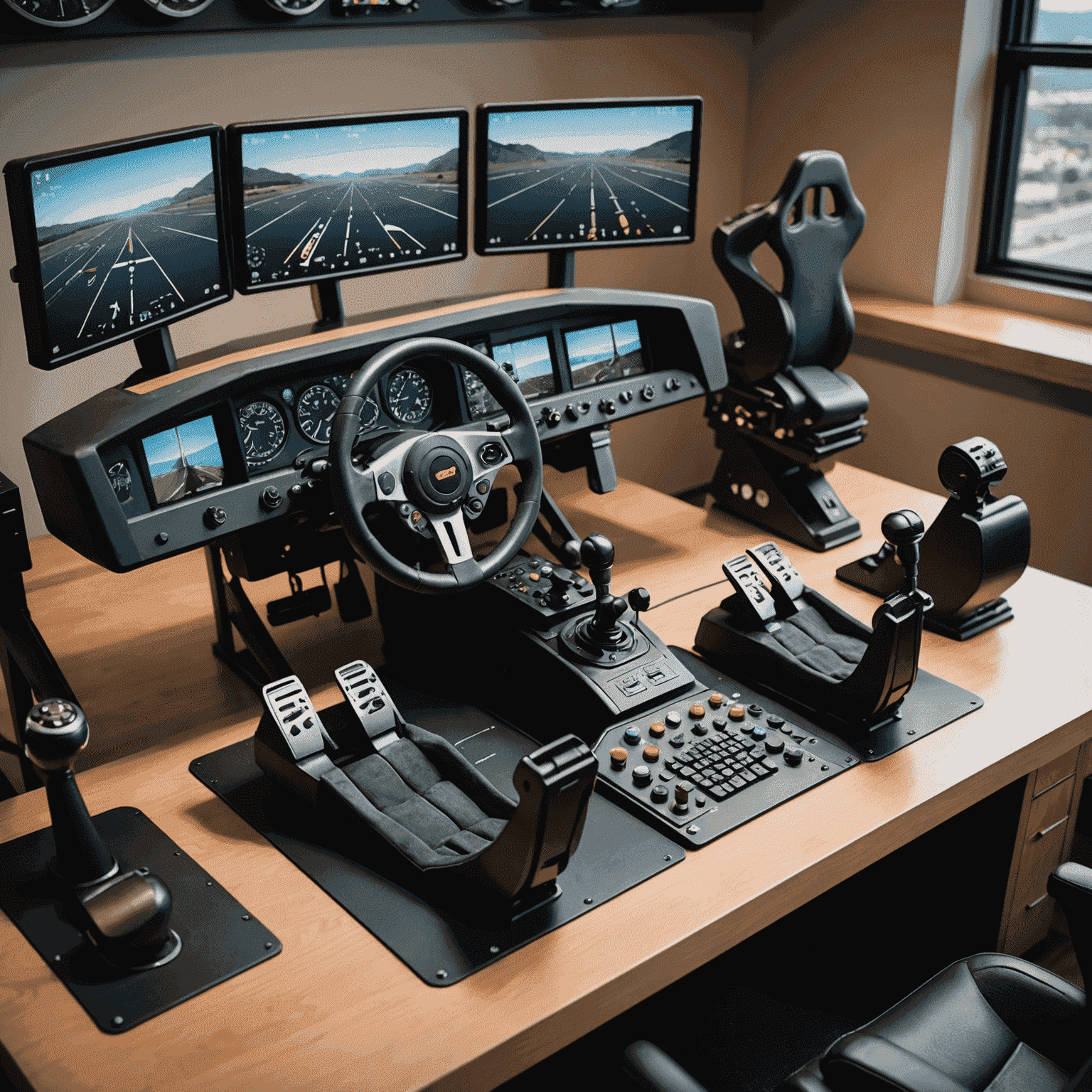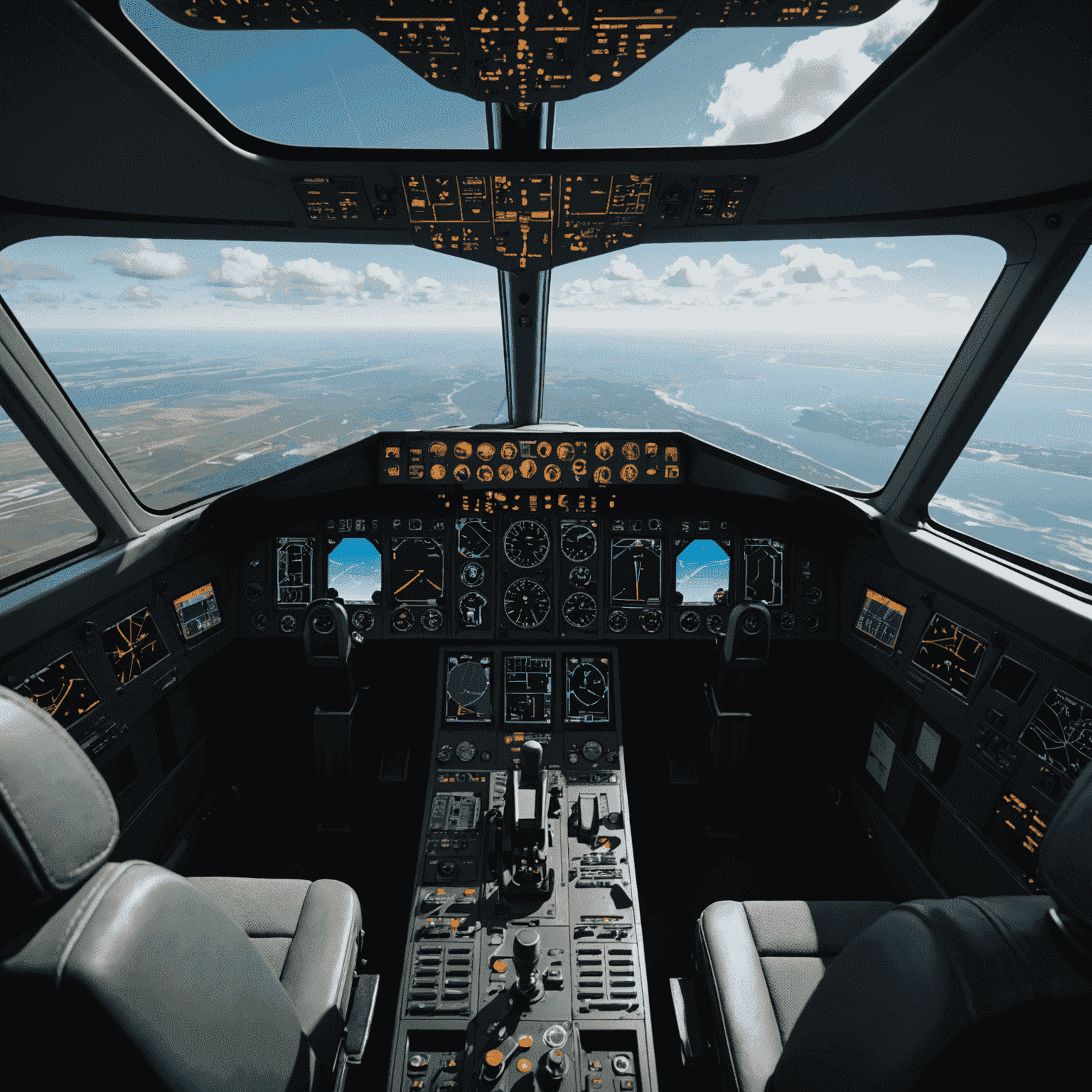Beginner's Guide to Flight Simulation

Welcome to the exciting world of flight simulation! Whether you're an aviation enthusiast or just looking to experience the thrill of flying, this guide will help you soar through the virtual skies with confidence. Let's explore the essentials to get you started on your journey to become a proficient virtual pilot.
Choosing the Right Flight Simulator Software
To begin your avia fly adventure, you'll need to select a flight simulator that suits your needs. Here are some popular options:
- Microsoft Flight Simulator: The latest version offers stunning graphics and a vast, realistic world to explore.
- X-Plane: Known for its realistic flight models and extensive customization options.
- Prepar3D: A professional-grade simulation platform that's also popular among hobbyists.
Essential Hardware for an Immersive Experience
While you can start with just a keyboard and mouse, investing in some hardware can greatly enhance your flight simulation experience:
- Joystick or Yoke: For more precise control over your aircraft.
- Throttle Quadrant: To manage your engine power realistically.
- Rudder Pedals: For better control during takeoffs, landings, and taxiing.
- TrackIR: A head-tracking system that allows you to look around the cockpit naturally.

Tips to Enhance Your Virtual Flying Experience
- Start with a simple aircraft: Begin with a basic single-engine plane to learn the fundamentals.
- Use built-in tutorials: Most simulators offer lessons to help you master the basics.
- Join online communities: Connect with other enthusiasts to share tips and experiences.
- Practice regularly: Consistency is key to improving your skills.
- Explore different scenarios: Try various weather conditions and airports to challenge yourself.
Understanding Flight Basics
To truly fly high in the virtual world, familiarize yourself with these fundamental concepts:
- The Four Forces of Flight: Lift, Weight, Thrust, and Drag
- Basic Maneuvers: Straight and level flight, turns, climbs, and descents
- Navigation: Using VOR, GPS, and reading aeronautical charts
- Communication: Learning proper radio etiquette and phraseology
Remember, flight simulation is not just a game—it's a journey into the fascinating world of aviation. With patience and practice, you'll soon find yourself confidently flying through the virtual skies, experiencing the joy of avia fly like never before. So buckle up, prepare for takeoff, and get ready to fly high with us in the exciting realm of flight simulation!
